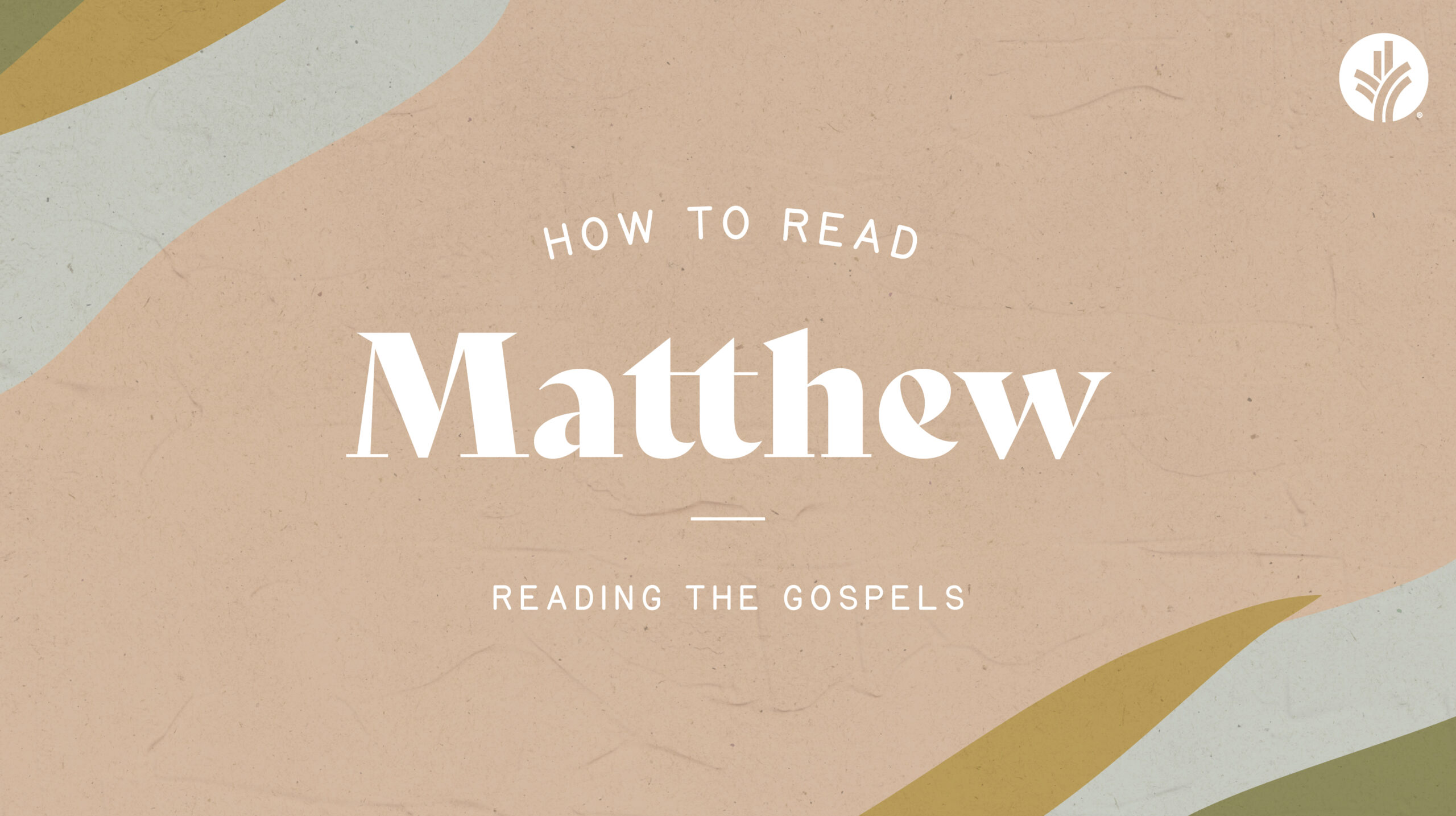

Episode Reading the Gospels--How to Read... Matthew
Over the course of these four weeks Bill Crowder leads the group in thinking through the four gospels (Matthew, Mark, Luke, John), and explores some elements that could help our understanding of these important accounts as we read and study them. The more we comprehend the settings of these witnesses to the life and work of Jesus, the more accessible his story becomes to us. Join the Discover the Word group as they have this important discussion about how to read the Gospels so we understand--not misunderstand--the life of Jesus.
Chapter 1
Have you ever wondered what the disciples’ lives were like before they met Jesus? For example, Matthew—his title as a tax collector didn’t make him a popular member of the community. But in this episode of Discover the Word, Bill Crowder, Daniel Ryan Day, Elisa Morgan, and Rasool Berry explore how his controversial job shaped Matthew’s life after his encounter with Jesus. Dive into the details—big and small—of this disciple’s gospel account of the life of Jesus as we begin a study called “How to Read Matthew.”
Chapter 2
We all have unique ways of communicating and telling stories based on who is listening. So, it shouldn’t be a surprise that Matthew kept his audience in mind while choosing how he wanted to tell the story of Jesus’ life. In this episode of Discover the Word, the group looks at the tools Matthew chose to get across the good news about Jesus . . . and why his account still resonates with us thousands of years later. “How to Read Matthew” continues.
Chapter 3
When you read through all four of the gospel accounts of Jesus’ life, you notice how they mention a lot of the same events . . . but are written from different perspectives. And, in Matthew’s case, a lot of the experiences seem to have a kind of royal emphasis. So, why should that matter to us today? Be part of the group as Bill, Rasool, Elisa, and Daniel explore why this is a key point Matthew wants to make sure his audience fully understands.
Chapter 4
What’s the difference between a tactic . . . and a strategy? Is one more important? Well, in the case of Matthew’s account of the life of Jesus, understanding how Matthew’s tactics support his strategy is crucial. In this chapter, the Discover the Word group examines the different tactics Matthew used to get the attention of his audience . . . and why they make sense with the goals and strategy he had in mind.
Chapter 5
So, what exactly makes good news . . . good? And what’s so good about the news that Matthew wanted to share about Jesus? Join the Discover the Word group as they conclude their conversations about “How to Read Matthew” by reminding us of the best news we’ll ever receive . . . and will ever be able to share.